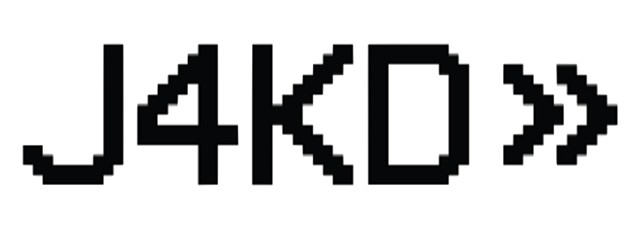Embrace the Pain!
This project is part of an ongoing effort to develop a deeper understanding of my maternal lineage and the cultural practices that were largely erased under the pressures of assimilation to Spanish and American colonial rule. Since 2020, I have conducted the first phase of this work, which has entailed researching my ancestral histories, the islands from which my family migrated, the languages spoken within my family, and the roles my family members held within their communities. Over the course of the last few years, I have learned that my family has consisted of rice farmers, educators, healers, and guerilla warriors, mostly hailing from the islands of Panay and Luzon. I have learned that my family speaks not only Tagalog (the national language) but also Hiligaynon, which explains how my mother, who passed in 2013, was able to understand multiple dialects despite her inability to speak anything other than English. And I have heard stories about my family’s experiences during American and Japanese occupation of the archipelago which motivated many of them to migrate to the U.S. in search of an opportunity for a better life.
The batok that I commissioned from Elle Festin, founder of Tatak Ng Apat Na Alon and Spiritual Journey Tattoo, marks the beginning of the second phase of this project, which will be carried out over the course of my lifetime. The information that I have gathered over the course of Phase 1 will inform the framework, symbols, and patterns that comprise the tattoo as I continue to receive my batok over time. This, in addition to my personal narrative, will be the story that is told through my ancestral markings, through images of birds, mountains, waves, flowers, nets, canoes, centipedes, crocodiles, snakes, and rice that will eventually cover most of my body.
This project has supported my development as an artist in two ways. The first is that in doing this work, I am learning the visual vocabularies of my ancestors, the spiritual meaning behind their archetypal symbols, and the ways in which these symbols can build on one another to tell a story. Because much of my work has centered on nature over the last several years, my goal is to learn to incorporate these archetypes into my practice with intention so that I may convey my experiences through my work in a way that feels authentic to me.
Secondly, I am working to develop a more complete understanding of who I am and how I exist in the world. Much of my experience in this life has been informed by the fact that I belong to a culture that I, and many others across the diaspora, know relatively little about because of long and layered histories of colonialism, migration, and assimilation. The last few years have been a slow and often painful process of self-decolonization, of unlearning my own self-conception formed by trying endlessly to fit into a space that wasn’t built with me and my community in mind, of relearning to enter each space as my whole, uninterrupted self.
My batok is a life-long commitment, marked in flesh, to doing exactly that and encouraging others in my community to do the same.






